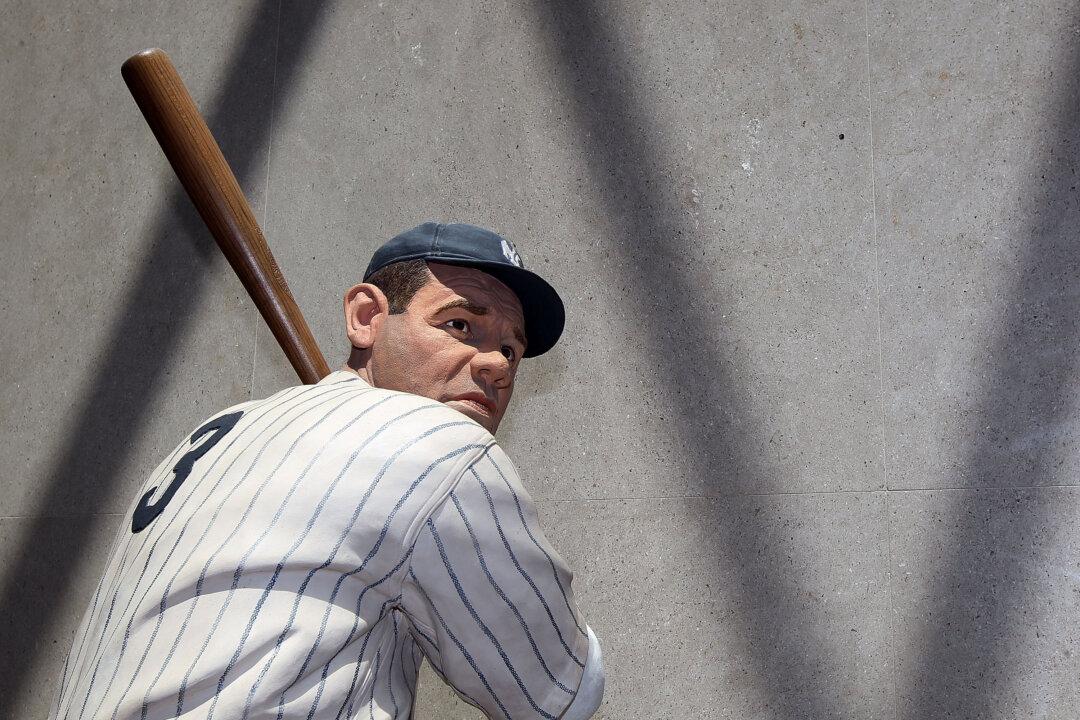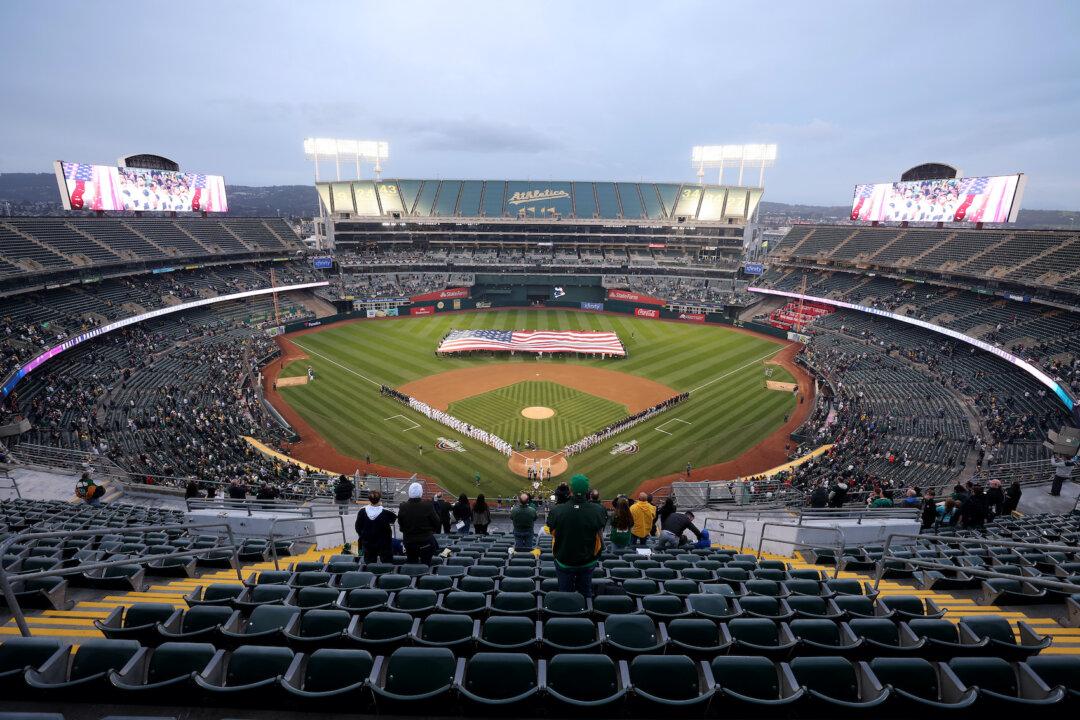During his playing days, Joel Youngblood hustled on the field. On August 4, 1982, the most challenging day of his all-star 14-season career, the former infielder/outfielder moved at an Olympian pace, in the most unlikely of places.
Taking a break from the serious side of modern baseball analytics is a good thing, every now and then. Instead of looking at the game through the prism of a mathematician; studying on-base percentages, launch angles of home runs, exit velocities that balls are hit, and how many times a pitcher throws a fastball at triple-digit speeds, it’s the human aspect of baseball where fans connect best with their heroes.
Reaching and breaking records, some that seem incredibly impossible to overtake, at times it’s the race that keeps fans on the edge of their seats in anticipation. Well, it’s a safe bet that there is one accomplishment that, at least in the foreseeable future, that is difficult to duplicate.
As careers have been cemented in MLB history, Mr. Youngblood’s was as rewarding as it was average. As a rookie in 1976, the Houston native logged 55 games with the Cincinnati Reds. His squad is best remembered as “The Big Red Machine,” and their season concluded with a World Series Championship victory over the New York Yankees.
After making his debut with the Reds in April of the 1976 season, Mr. Youngblood experienced his career’s first transaction. At the end of spring training in March of 1977, Mr. Youngblood was traded to the St. Louis Cardinals. Three months later, another uniform change was in the making for the youngster who was drafted by the Reds as a high school prospect.
“At first, when I found out that I was traded to New York, I was skeptical,” Mr. Youngblood told The Epoch Times earlier this week during a phone conversation at his home in Arizona. “When I was with the Reds, and we were playing a series in New York, my hotel room was robbed.”
However, on the Mets’ roster for parts of the next half dozen seasons, “The Big Apple” grew on Mr. Youngblood positively so much that for the following 14 years, he chose to live in the metropolitan area: East Elmhurst (Queens) and Connecticut.
Leaving by choice, be it by free agency or trade request, was not on Mr. Youngblood’s professional radar. Then came that fateful day, with the Mets, playing in the friendly confines of Wrigley Field, in an afternoon game against the Chicago Cubs.
At the time of this Mets–Cubs series, Wrigley Field didn’t have lights. All home games at Wrigley were played during the day. In New York’s lineup, Mr. Youngblood’s third-inning at-bat produced a single, and two RBIs. His success against the Cubs’ pitcher Ferguson Jenkins, a future hall of famer, would be the last swings taken for Mr. Youngblood in the game, and in a Mets’ uniform.
The next inning, the fourth while waiting on-deck, Mr. Youngblood was called back to New York’s dugout.
“Our manager George Bamberger was very professional, when he told me that I had just been traded to the Montreal Expos,” Mr. Youngblood explained. “When I came to the Mets, Joe Torre was my very favorite manager. George, he didn’t say much to me, but when it was time to leave, he was okay in how he handled the situation.”
Now, this is where Mr. Youngblood and baseball history begin their association.
“I was old that the Expos were short of players, and they had asked that I try to get to Philadelphia for that evening’s game with the Phillies,” recalls Mr. Youngblood, who registered at career .265 batting average. “I’m a man of my word. Five minutes after I learned that I was traded, I was all in on getting to Philly for the game.”

With his family back in New York, Mr. Youngblood, who could have put himself first, and opted to join his new club in a day or two, to get his affairs in order, and avoid a promising chaotic rush east, chose to put his new teammates first.
“I packed my bags in the clubhouse, took care of my incidentals, grabbed a cab, and headed for our hotel. Then, I packed my bags, took care of my incidentals there, and hailed another cab to take me to O’Hare International Airport,” says Mr. Youngblood of his hurried day.
As his personal chase for time, place, and ballpark, minus any sign of panic, think of Mr. Youngblood combining CBS TV’s The Amazing Race, where globe-traveling teams compete for prizes, and the epic scene from the film Home Alone, where the McAllister family frantically run through O’Hare’s Terminal 3, to catch a flight for Paris.
Ever the professional, Mr. Youngblood remains a man in motion throughout the day. When arriving at O’Hare, with little time to spare for his flight to Philadelphia, Mr. Youngblood realizes that he forgot his infielder’s glove back at the hotel.
Directing the cabbie to take him back to where their association began, Mr. Youngblood retrieves his prize mitt. With the cab running, the newest Expos’ player hops in, and they speed away, once again, with O’Hare as the destination.
With minutes to spare, Mr. Youngblood makes his 6:05 PM flight.
“I had left the ballpark at 3 o’clock, and at 5:15 p.m., I was still trying to get to O’Hare. I barely made the flight. As for my luggage, I didn’t think it would make it. When we landed in Philly, I waited a long time at the carousel, looking for my equipment bag. Finally, it was one of the last bags to appear,” explained Mr. Youngblood.
With the Phillies hosting Montreal, and the game already in progress, after slinging his bags over his shoulders inside the airport terminal, Mr. Youngblood’s race continued at an accelerated speed.
Jumnping into yet another cab, Mr. Youngblood directs his driver to Veterans Stadium, and offers a large tip, to make his arrival as quick as possible. Once reaching the ballpark, Mr. Youngblood quickly finds the players’ entrance, reaches the Expos’ clubhouse, and dresses in his already personalized, crisp new uniform.
Now, in his second stadium just hours apart, Mr. Youngblood reaches his visiting team’s dugout. With little time to acquaint himself with his new teammates and Expos’ staff, Mr. Youngblood heard his name barked at by manager Jim Fanning—to grab a bat.
Like with Mr. Jenkins, Mr. Youngblood stepped up to the plate to face Phillies’ southpaw Steve Carlton, a future hall of famer. Mr. Youngblood’s amazing race from team-to-team, and city-to-city concludes with an infield single. Two hits for two teams in two different cities on the same day.
Mr. Youngblood doesn’t speak on how his evening finally came to a rest, but the rush was radical. The feat was never duplicated.






